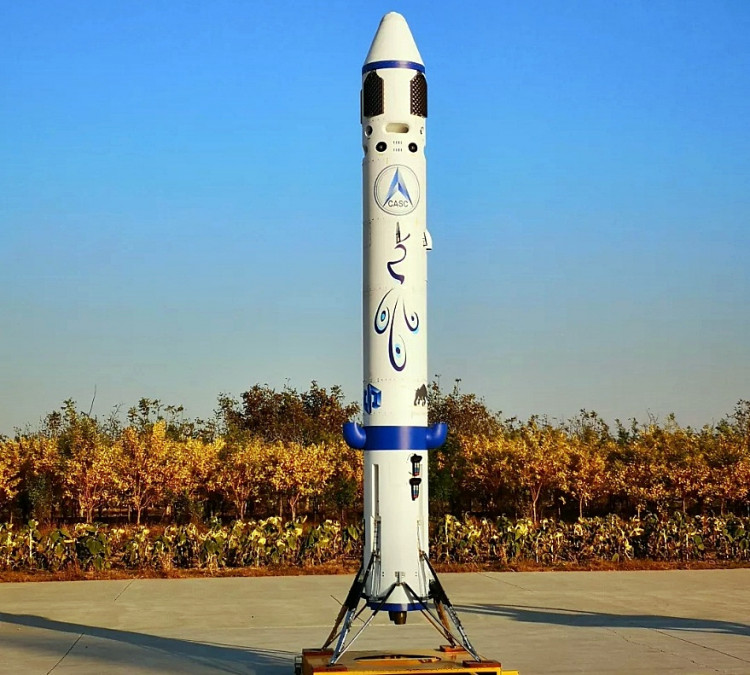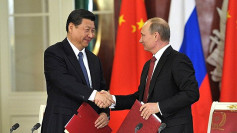China has begun the process that will develop and build a heavy and super-heavy launch vehicle designed to transport Chinese astronauts or yuhangyuan to the Moon, and to Mars.
It's unveiled a reusable heavy-lift launch vehicle (yet unnamed) that will carry a next-generation crewed spacecraft on spaceflight missions beyond low Earth orbit (LEO).
Towering above the landscape at 90 meters, this new 2,000 metric-ton launch vehicle will almost twice as the Long March 5, China's most powerful rocket to date. It will have a diameter of 5 meters. This massive vehicle will be designed to deploy 25 metric tons to trans-lunar injection and 70 metric tons to LEO.
A model of this new vehicle was on display last week at the 12th China International Aviation and Aerospace Exhibition in Zhuhai, southern China. The launch vehicle will be developed by the China Academy of Launch Vehicle Technology (CALT) under the China Aerospace Science and Technology Corporation (CASC), which is the main contractor for China's space program.
Hu Xiaojun, a researcher at CALT, said the new launch vehicle is intended for future crewed spaceflight missions using China's next-generation crewed spacecraft, including lunar missions.
CALT said the new rocket will be built using new design methods and will be reusable. It revealed that work on key technologies is proceeding apace. The vehicle will feature an escape system similar to that used by the Long March 2F, which currently lofts China's astronauts into orbit.
The new spacecraft will consist of two sections: a re-entry module that will house astronauts and a service module equipped with power and propulsion systems. This two-module spacecraft will undergo an uncrewed flight test in 2019. Two versions are being developed. Oned weighs 14 metric tons while the other weighs 20 metric tons and will be used for lunar missions.
China also revealed it is in the early stages of developing a super-heavy-lift launch vehicle, the Long March 9. This monster will be capable of lifting 140 metric tons to LEO; 50 tons to Earth-Moon transfer orbit and 44 tons to Earth-Mars transfer orbit.
In the same class as America's iconic Saturn V rocket that landed Americans on the Moon half a century ago, Long March 9 will transport infrastructure for China's planned lunar and other deep space missions. Chinese officials revealed an ambitious test flight date of 2028 for Long March 9. This vehicle will first be used for a Mars sample-return mission.






